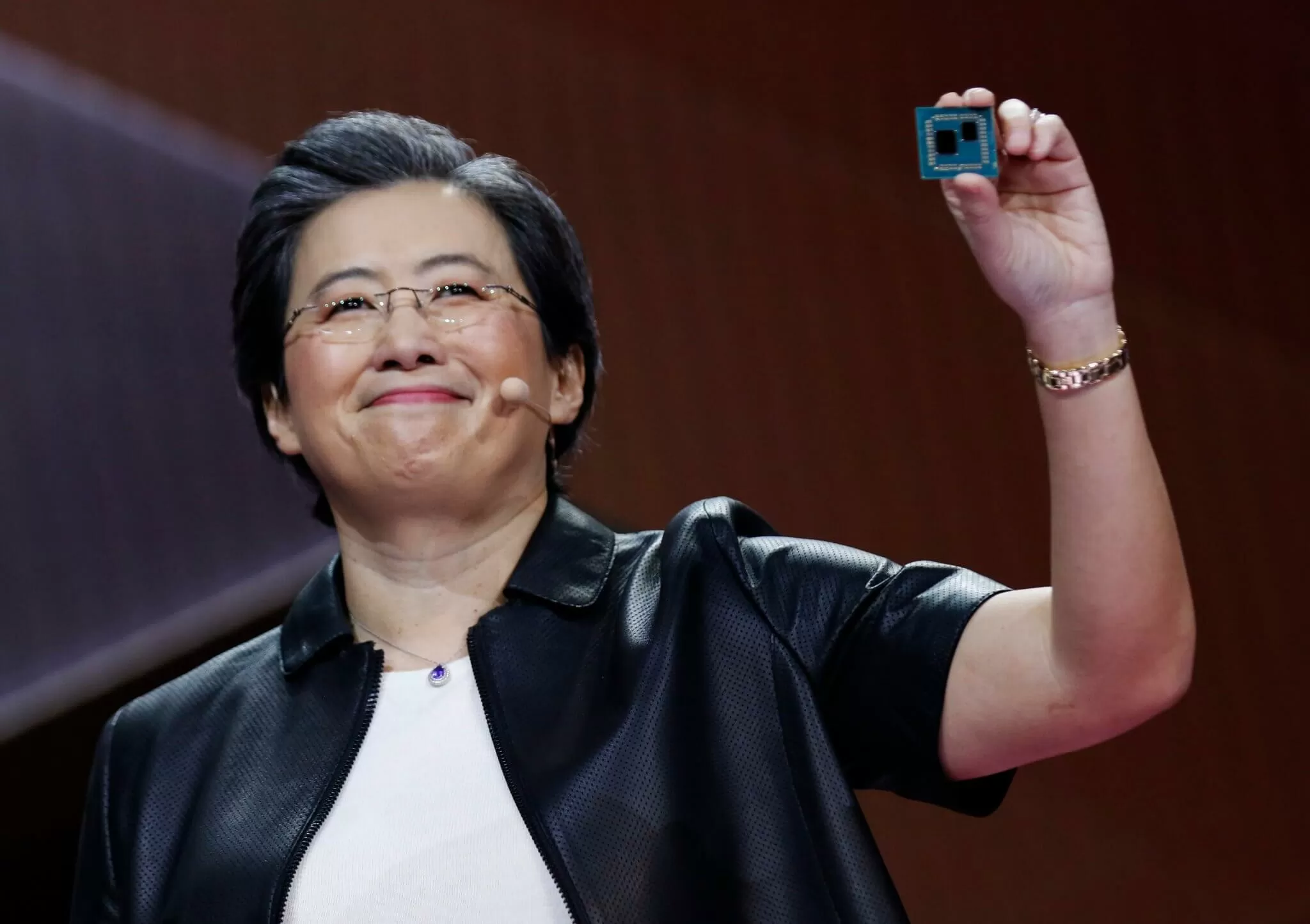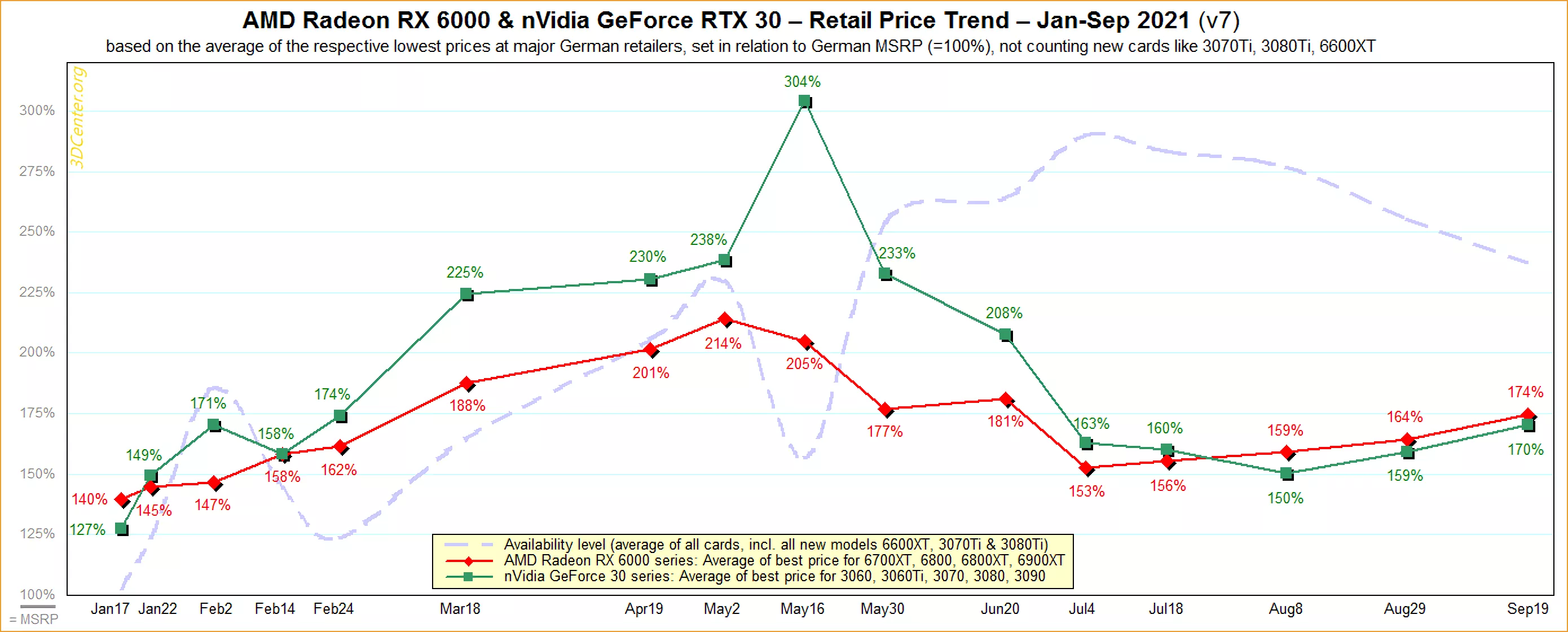A hot potato: It's the question we all want to know: when is the global chip shortage going to improve? Most people in and out of the tech industry have their own opinion, and now Lisa Su has joined a growing consensus that says the nightmare will end, or at least get better, in the second half of 2022.

Speaking to Kara Swisher and CNBC tech reporter Jon Fortt at the Code Conference in Beverly Hills, California, the AMD boss said that the first half of 2022 will be 'likely tight' in terms of chip supply, but shortages should become less severe in the second half of the year.
"We've always gone through cycles of ups and downs, where demand has exceeded supply, or vice versa," Su said. "This time, it's different."
"It might take, you know, 18 to 24 months to put on a new plant, and in some cases even longer than that. These investments were started perhaps a year ago."
Graphics card prices are on the rise once again
There have been several factors behind the chip shortages, the main one being the pandemic, which not only caused supply and manufacturing issues, but also saw demand for products such as PCs and consoles skyrocket.
"The pandemic has just taken demand to a new level," Su said.
Su added that crypto mining hasn't had much of an effect on the supply of AMD's graphics cards, calling it "a pretty volatile space" that shouldn't be a focus for the company. It's not too surprising to hear such statements from Su. Earlier this month, AMD, which has said it won't copy Nvidia by adding mining limiters to its products, denied prioritizing mining graphics cards over gaming; the Radeon 6000 series has yet to break into the Steam survey's main GPU list, and there had been rumors of a mining card using AMD's Navi 12 GPU.
There's also China's recent clampdown on crytpo, in which it declared all transactions using the virtual currency illegal, making crypto mining cards less appealing to manufacturers.
"We are trying really hard to get more products to gamers; I get so many 'Dear Lisa, can you help me get a gaming card?'" Su said. "At the end of the day we're building for sort of consumer applications, and that's where the focus is."
It's been a busy week for Su. Joe Biden recently added her to the President's Council of Advisors on Science and Technology (PCAST), and she became the first women to win the Robert N. Noyce Medal from the Institute of Electrical & Electronics Engineer.
Nvidia also believes the chip shortage will alleviate in the middle or latter half of 2022, as does analyst firm IDC. That would mean we have around a year to wait until we can upgrade to a new Ampere or RDNA 2 card without needing a lot of luck/money/both. But many are skeptical about this prediction, especially given how much time will be required before supply can meet demand. Not to mention all the new problems that are arising.
https://www.techspot.com/news/91456-lisa-su-chip-shortage-ease-second-half-2022.html
